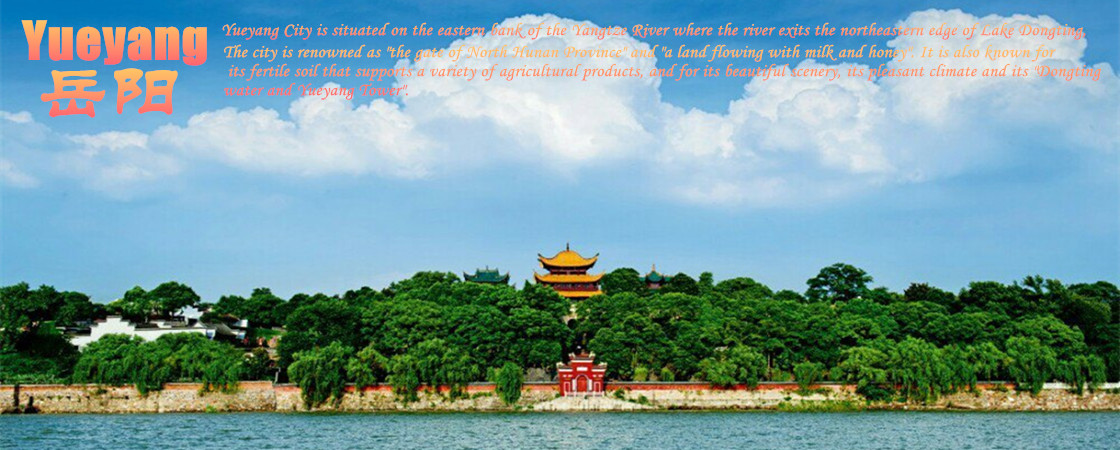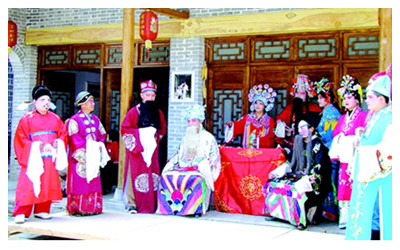
Baling Opera
 Originally named Baxiang Opera, Baling Opera was also known as Yuezhou troupe among the folks and gained its official name in the year 1953. It is prevalent mainly in Yueyang, Changsha and neighboring Hubei and Jiangxi provinces. Baling Opera originates from melodies of Kunqu Operain Wang-li Period of Ming Dynasty (1573-1619A.D.). During the Qianlong years of Qing Dynasty (1735-1795A.D.), Baling Opera adopted from other operas and gradually developed into a comparatively stable variety of drama.
Originally named Baxiang Opera, Baling Opera was also known as Yuezhou troupe among the folks and gained its official name in the year 1953. It is prevalent mainly in Yueyang, Changsha and neighboring Hubei and Jiangxi provinces. Baling Opera originates from melodies of Kunqu Operain Wang-li Period of Ming Dynasty (1573-1619A.D.). During the Qianlong years of Qing Dynasty (1735-1795A.D.), Baling Opera adopted from other operas and gradually developed into a comparatively stable variety of drama. Baling Opera is based on historical fiction and script for story-telling. Its music consists of tunes like kun tune, tan tune and other ditties, and accompanying music. Its percussion instruments include Bangu (small drum for marking time) and Kezi. There are three lead characters in Baling Opera, namely, "Sheng"(the male lead), "Dan"(the female lead ) and "Jing" (the painted face, usually depicting heroes, generals, deities or demons, characters with strong characteristics). Baling Opera focuses on the portrayal of personality, developing a simple, exquisite and vivid artistic style. The performers, over the years, have performed numerous stunts by absorbing folk martial arts and acrobatics.
Baling Opera is a representative of Hunan drama. It is considered to be the living fossil for studying the history, culture and folklore of Yueyang City. The only existing professional Baling Opera troupe today, is on the verge of extinction and in urgent need of protection.



 Ask Questions ?
Ask Questions ?